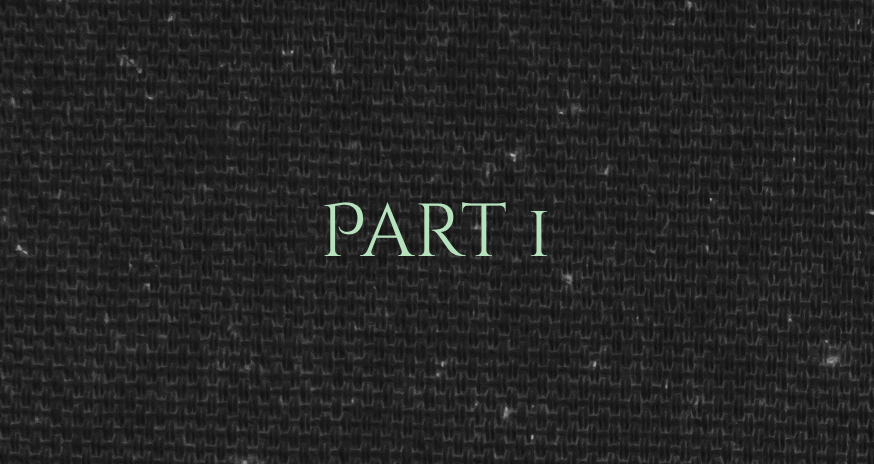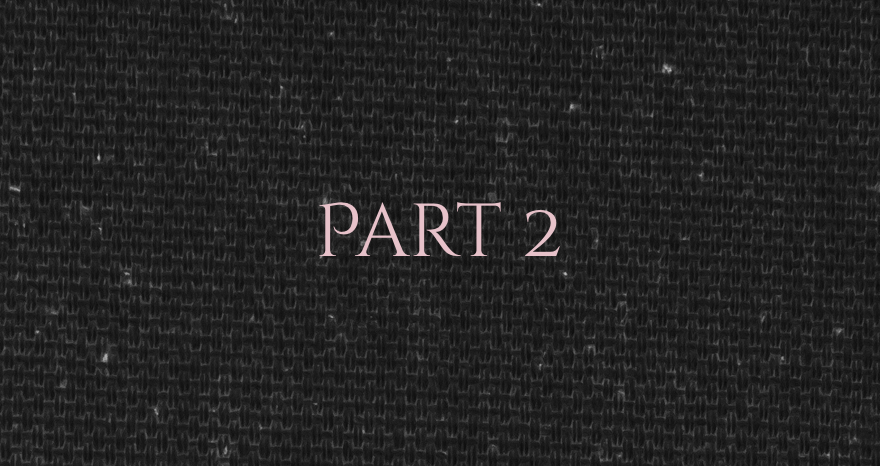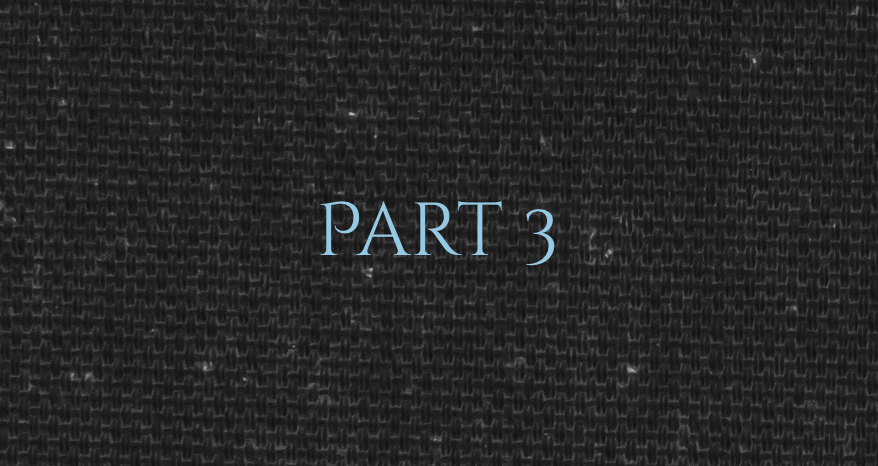Part 1
1) Increasing Dream Consciousness
Dream consciousness is not a single solid state but a fluid continuum of a million slightly different states. On one end of this continuum we find complete unconsciousness of our dreams - while we experience them as well as once we drift back to day consciousness. At the other end we find what is often called lucid dreaming combined with coherent dream recollection when we come back to day consciousness in the morning.
“Remember yourself always and everywhere.”
In between those two rather extreme states we can find all sorts of passages, thresholds and transitions. We find moments of clarity following immediate darkness of consciousness, we find recollection of dream images more vivid thanmany day experiences yet completely stripped bare of any context by the silent censor that guards trespassing between conscious and subconscious. We also find nights of lucid dream experience followed by months or even years of unsuccessful attempts to achieve the same state again.
Before we start I feel it’s helpful to set expectations: Our normal orientation towards action, results and competition is as useful for dream workings as throwing chalk against a wall to make our own shadow disappear. It simply won’t work.
The following article is written to support anyone who wants to practice magic in their dreams. The few essential preconditions to do so are the following:
- to be able to remember your dreams,
- to be able to understand the basics of dream language,
- to successfully conduct dream incubations and
- to be patient - i.e. not to force but to allow things to emerge in their own time.
Before you embark on this journey - or continue the one that you started already - let’s remember that nature does everything for a reason. If we have never remembered our dreams thus far we need to consider the option that this might be a good thing? If the censor between conscious and subconscious locks something into oblivion it normally does this for a reason.
In order to become able to remember dreams and develop a clearer form of dream consciousness we need to take a holistic approach. We first need to understand what keeps us from remembering our dreams today: Which of our actions during daytime foster a dull and dark dream consciousness, which of our daily habits require our subconscious to work undisturbed from our waking mind at night?
Developing a new skill is as much about unlearning an existing one as it is about acquiring a new one. In cases when we struggle to develop a new skill it is often because it is a complementary skill to a behavior that we are currently overusing. I.e. if we struggle to remember our dreams it might be because during daytimes we are feeding habits that are disadvantageous to it.
To give you a better idea of such potentially harmful habits during daytime, here is a short and certainly incomplete list:
In order to become successful at dream magic it is not uncommon to spend more time on daytime habits than on nighttime exercises in the beginning. The outcome once we are able to consciously work magic in our dreams is certainly worth the effort. Moreover, the therapeutic effect of building bridges between our nighttime and daytime experiences is incredibly rewarding and charged with healing and power in its own right.
1.1 Basics for Remembering Dreams
While we are at sleep phases of Deep Sleep (or slow-wave sleep) and REM sleep (rapid eye movement) alternate. During phases of REM sleep our muscles are relaxed and cannot be used to move; exempt are the muscles supporting our heart, lungs and eyes only.
Dream during REM phases which last between 10 and 30 minutes are easier to remember as they occur ‘closer’ to our conscious. Due to its relative proximity to consciousness this type of dreaming is also called ‘paradox sleep’.
The moments that favor dream recollection are the moments of awakening in the morning as well as during nighttime which often happens subsequently to a completed REM phase. Both phases - awakening in the morning and at night - should be used to recapitulate the dream mentally and to take brief notes. An important pre-condition for successful recollection of past dreams is not to move one’s body during awakening. Remaining relaxed yet motionless in the position of awakening highly supports recollection and often allows to ‘catch‘ dreams in the net of our awakening mind before they re-emerge into our subconscious.
It is desirable yet not necessary to remember a whole sequence of one or multiple dreams during the phase of awakening. Remaining calm and relaxed in your bodily position will allow your mind to drift back to where it came from without disruption. Often snatchings of dreams which remained close to our consciousness will drift back into memory first. If we continue to stay calm and without intention, following their lead, we can often trace back more pieces and ultimately rediscover whole dream sequences from our subconscious. The trick is to find the right balance between silent attentiveness and focussed concentration to follow the lead of any snatching that re-emerges from the dark.
In other words: on awakening we need to ward off the old habit of projecting our thoughts into the instant future (e.g. the way to the toilette or the jobs of the day). Instead we need to allow them to return to the immediate past and let them rest there patiently waiting for the impressions of our dreams to re-emerge.
1.2 Dream Incubation
To break through this deep habit of mental future orientation we suggest ourselves the following while falling asleep at night: “I will be remembering my dreams tomorrow morning.” (Note: From personal experience I found it particularly effective to do this type of dream incubation in the following way: While lying in bed with all lights switched off in my sleeping position I allow my mind to drift away. Before my mind completely sinks into dream-sphere, however, I pull it back for a short moment, open my eyes as wide as possible in the dark and saturate my entire body with the sentence of my dream incubation: “I will be remembering my dreams tomorrow morning.”) Then I close my eyes again and while still feeling the echo of the words in my body I allow my mind to drown in sleep.)
In addition to this mental dream incubation we can also image ourselves as we awaken in the morning, see ourselves as we recapitulate our dreams mentally while still in bed and take notes before we get up.
Working with dreams basically requires a certain lead time. Your raised awareness towards dreams will take some time until it sinks into your subconsciousness and starts to take effect on it. Once initial dullness is overcome many dreams will stay in your conscious almost effortless. Only once your awareness towards your dreams starts to decrease again - as they might be taken for granted or because your dream exercises have become a pure habit without focus and intent - recollection of dreams might decrease rapidly. In order to raise quantity and quality of dream memory at this point again you need to shift back into constant awareness on your dreaming or waking consciousness until memory starts to return.
Ground rules for successful dream incubation:
- Autosuggestion of dream memory is done for a few minutes (or seconds) only during the final moments before we are falling asleep. In addition it can be done subsequent to each reality test (see below).
- Concentration on the precise topic of dream incubation is required. Too much concentration, however, will result in strain and prevent the necessary relaxed muscle tone and ease of mind.
- The wording of the autosuggestion needs to be simple, positive and precise. If you are familiar with Austin Osman Spare’s sigil-magic you can apply the same approach for creating the sigil’s initial statements of intent to dream incubation.
- The autosuggestion should be connected to a pleasant feeling of success and gratification. The more positive and gratified you feel during activating the dream incubation the more successful your work will be.
- The autosuggestion should be connected to a visual image. While activating the dream incubation imagine visually how the goal of your operation is achieved (e.g. remembering dreams in the morning, achieving health while sleeping, etc.)
- Patience is essential. Just like with all elements of dream-works an initial inertia has to be overcome with patience. The system of your mind-body-subconscious needs time to run-up and your subconscious will need at least a couple of nights to take up the message of the dream incubation. Repeating the same dream incubation operation over several nights can be crucial for success - especially when you are only starting to work with this method.
- In case your dream incubation contains a specific question attention has to be paid to the potentially symbolic answers of your dreams. Evaluate the experience of your dreams carefully during these nights. If you do not recognize an immediate connection between your question and the answer of your dream events Free Association (see Second Part) might be of further help.
1.3 Reality Tests
“It is the greatest mistake to think that man is always one and the same. A man is never the same for long. He is continually changing. He seldom remains the same even for half an hour.”
(George Gurdijeff)
The simple goal of reality tests is to raise our level of consciousness by deliberately challenging our common everyday life perceptions of reality. If performed over a continuous period our subconsciousness will adopt this new formed habit in our dreams - and raise the level of dreamtime consciousness.
Therefore the goal of any reality test has to be to unsettle our consciousness for a short period of time. The way we do this is to question perception of ourselves and of the reality around us in multiple situations - as nothing should be taken for granted for the waking mind.
One single form of reality test might not be sufficient to break the existing habits of unconsciousness - but multiple forms will work hand in hand to change and break apart what has probably been a well functioning part of our mind-machine for many years. Here is how we do it:
- Reading Test: Read something in your environment, e.g. the digital display of a clock, an advertisement or your mobile screen. Look away and imagine something that will replace whatever you saw before. Then look back. Did the text or image change? If not, it’s likely you are awake and not dreaming.
- Sensation Test: Pause for a moment and become fully aware of what’s here and now. Are there any unexpected sensations? Any sort of dream sensation, an exciting yet alarming feeling in your chest? Are you fully present, can you remember who you are, who are your family and friends? Do you know where you are on your way to and where you came from? Do you reckon any breaks or gaps in time elapse?
- Person Test: Is the person in front of you actually real or is it a character made up of fragments of other people you know? Is this person actually capable of living in the way you perceive it, does its body and stature make logical sense? In essence - is it a real person or could it be made up your own imagination?
- Color Test: In dreams we experience colors that do not exist in daytime reality. Consciously observe your environment. Are all colors realistic? Do you perceive any self-luminous bodies or shapes? Are any colors changing? Are the shadows of objects aligned to the angle of the light source?
- Perspective Test: Are objects further away from you smaller than the ones closer to you? Are sounds coming from far away in the right relation to sounds closer to you? Is the perspective distorted in a strange way? Pay attention to any possible aberration.
- Spinning Test: A good test if you are on your own. Spin around your own axis once with eyes open. In dreams it often occurs that the environment either remains stable while you turn around or keeps on spinning once you finished the move. Once you achieved a state of lucid dreaming you’ll realize the full benefits of this test.
- Other Tests: The common cliche of scratching or pinching yourself doesn’t seem to work well as a reality test. Our dream bodies are perfectly able to sense pain, sexual arousal as well as all other sensual impression. We can only challenge and test our perception, not our bodies. However, we do have plenty of additional skills, abilities and choices in dream-reality than we tend to have in our daytime reality. Why not trying to fly over the market square today instead of walking? Why not trying to pierce slowly and consciously through a wall with your fingers? In dream-reality this should be simple.
1.4 Summary
In order to get started with Dream Magic here is a helpful overview on the basic facts to observe. The goal of this first phase is to 1) achieve reliable dream memory on a daily basis, 2) to gather first experiences with the technique of dream incubations and 3) to understand what types of images, characters and stories our dream consciousness uses to answer our incubations.
During Daytime
- Read about dream and dream interpretation
- Conduct at least ten reality tests a day
- Over the course of a day affirm repeatedly your conscious intent to remember your dreams
- Completely stop using the words ‘sleep‘ and ‘sleeping‘, Instead replace them with ‘dream and dreaming’.
- Create space for the topic of dreaming in your daily live. Express your dream experiences creatively e.g. in painting pictures, writing short stories, blogging about your progress, etc. There are no limits to creative expression.
While Going to Bed:
- Together with a pen place your dream diary next to your bed
- Lie down on your back, arms and legs stretched out and not touching each other or your body. Relax your body and remind yourself that you won’t spend the hours to come unconscious, but in an altered state of conscious.
- Conduct a dream incubation to remember your dreams
- Then let go of all thoughts and allow yourself to sink into sleep as you normally would
On Awakening:
- Remain in the position in which you happened to wake up
- Allow your conscious to return to the last dream fragment in reach. In a concentrated yet relaxed state follow this dream fragment backwards and piece together as much memory of your night’s dreams as possible.
- Write down all memories - irrespective if it is an isolated fragment or a full story - in your dream diary before getting up.
Selected Resources
- Aeppli, E.: Der Traum und seine Deutung; Knaur-Verlag
- Becker, U.; Lexikon der Symbole; Herder Taschenbuch
- Jung, C.G.: Traum und Traumdeutung; dtv
- Gassmann, Ch.: Träume erinnern; Walter
- Tholey, P.: Schöpferisch Träumen; Klotz, Eschborn Verlag
- Faraday, A.: Deine Träume - Schlüssel zur Selbsterkenntnis; Fischer-Verlag, Frankfurt a. M. 1978, original "The dream game", 1975
- Gackenbach, Bosveld: Herrscher im Reich der Träume; orig. "Control your dreams", New York, übersetzt von Christian Stephan, Aurum-Verlag, Braunschweig, 1991
- Garfield, P.: Kreativ träumen; München, Knaur-Verlag, 1980






